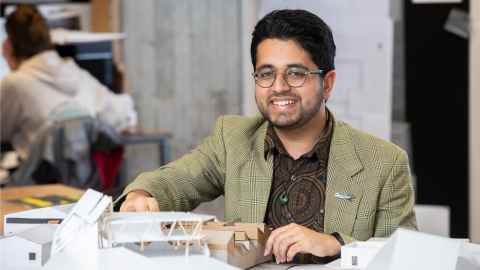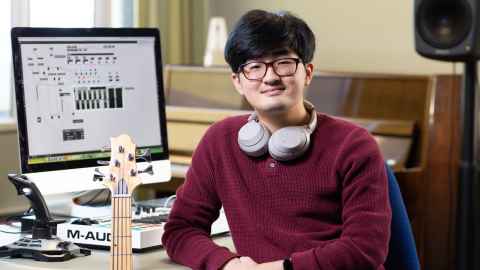

Meet our current students and hear what they say about studying with New Zealand’s leading tertiary educator in the architecture/ built environment field.
Read now
Discover how Dance Studies is preparing our students for careers in dance, the arts and community development.
Tell me more
Find out what Fine Arts students say about studying in a diverse, supportive environment in which they’re encouraged to experiment in a range of disciplines.
Learn more
School of Music students speak about how their programmes are equipping them with the skills to thrive in the modern music industry and extended avenues.
Read their stories
Urban Planning students talk about how their programmes are setting them up for practice in an increasingly complex and diverse world.
Find out more
Design students explain how they’re learning to create positive change and solutions to complex problems, preparing them for a breadth of careers.
Find out more